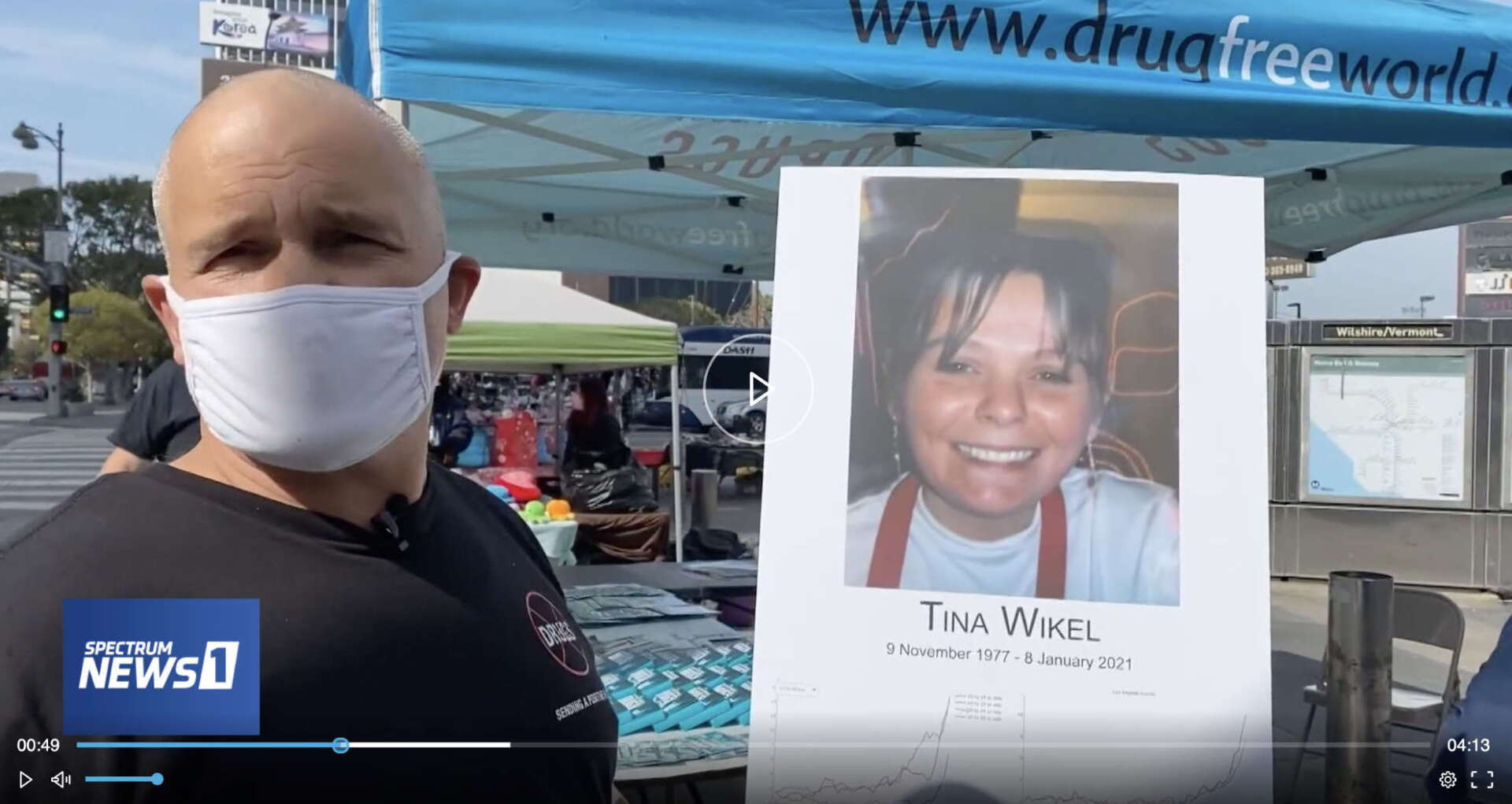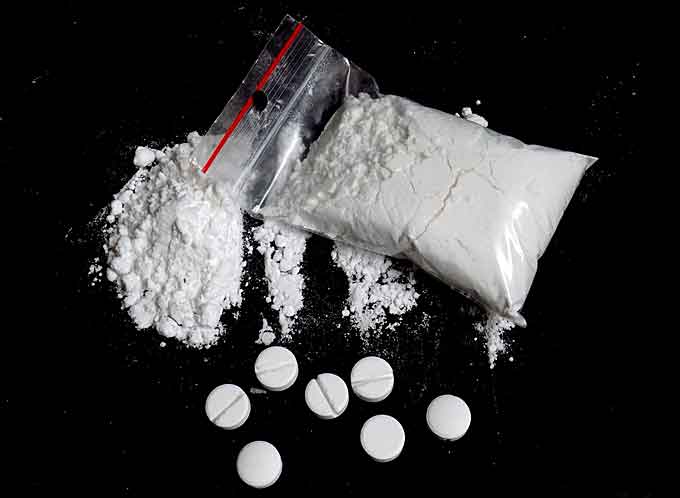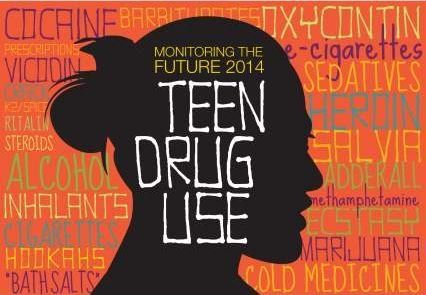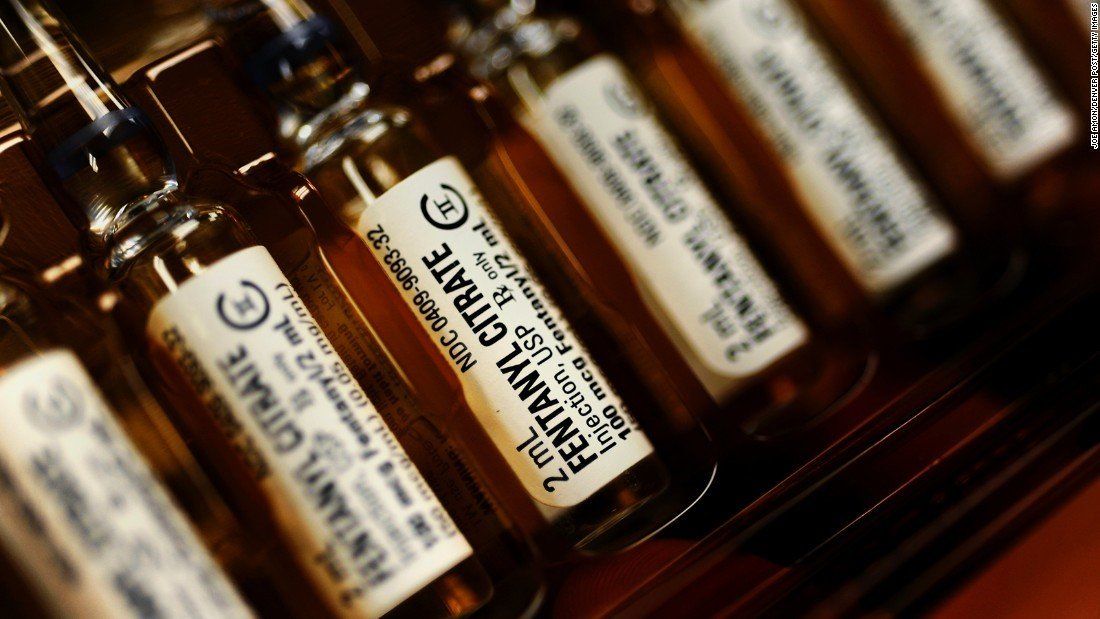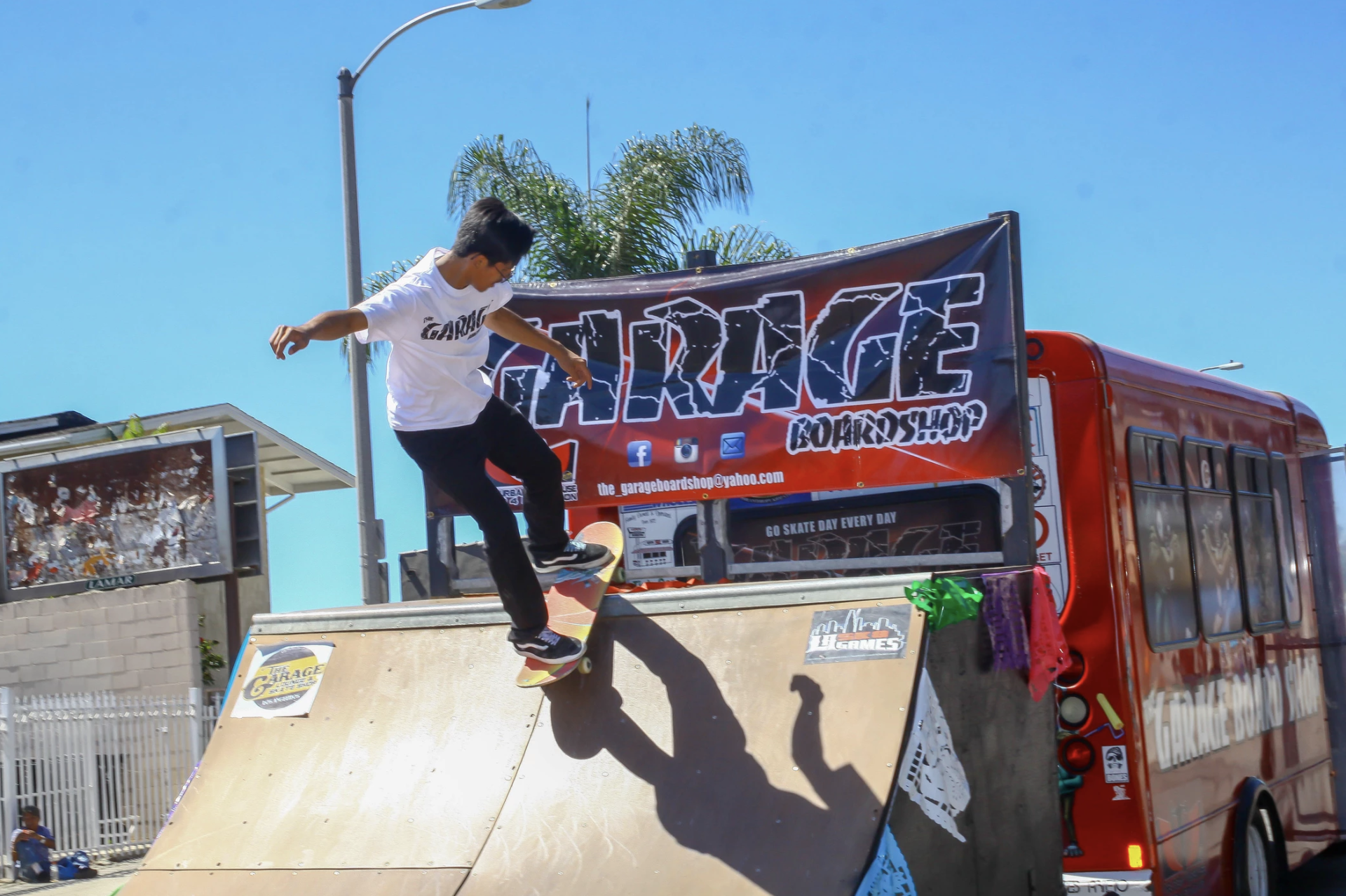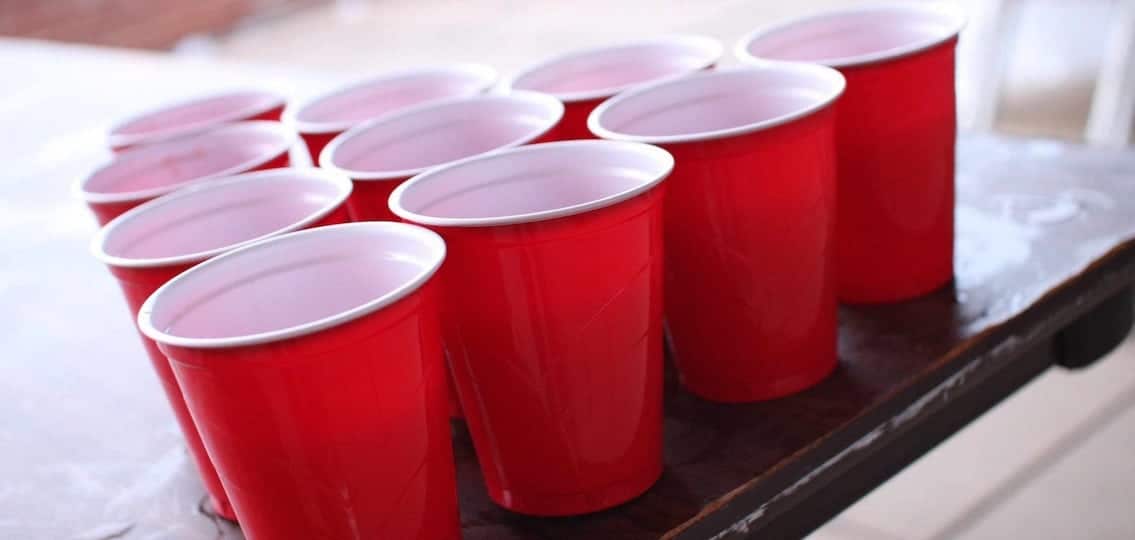By Granite Recovery Centers
•
July 1, 2020
Adolescents who use drugs might not become addicted in adulthood, but they can damage their health mentally, physically and emotionally during their childhoods. For a few who are particularly vulnerable, drug use can and does become an ongoing risk of addiction into their futures. There is an important distinction between illicit use and addiction. Illicit use of drugs refers to using drugs for pleasure or highs. Addiction to drugs refers to a dependence upon those substances; people who are addicted have no control over whether, when, how or how much of the drugs they crave. Addiction can be psychological, physical or both. Statistics About Adolescent Addiction According to the 2019 Monitoring the Future or MTF Survey, in which more than 42,000 students participated from nearly 400 private and public schools throughout the U.S., encouraging trends have been evident in the drug usage and attitudes among students in the 8th, 10th and 12th grades. The survey showed declines in five-year trends of illicit use of drugs other than marijuana. Perhaps most significant was the rate of prescription opioid misuse; it was at its lowest since the survey’s first time including it in its assessments. Contrary to these positive trends, youths of the 10th and 12th grades have been vaping at a dramatically increased rate. High school seniors share several common reasons for vaping. They stated that they tried it to experiment, because of the good taste, to relieve tension or achieve relaxation and to enjoy time with friends. The percentage of seniors saying that their vaping is because they are hooked is particularly concerning at 8%. Statistical Reasons Behind Drug Use According to OnHealth, drug use disorders tend to arise in teens who suffer from low self-esteem, poor impulse control, depression, a family history that includes substance use or a history that includes being abused. Teens with little parental supervision, with parents who do not communicate much or who feel that they are distinctly different from others of their age also face the risk of drug use. Teens who use substances, over-the-counter medications, illegal street drugs or prescription drugs so that they can achieve a high can get health problems that are significant and even life-threatening. This usage also makes accidents more likely and leads to increases in violence, unsafe sex and suicide. Most Commonly Used Substances Marijuana is used by more than one in five 12th graders at least once in any particular month. Usage is on the rise; many believe that the drug presents no danger to its users. However, short-term effects of marijuana include impairment of memory, judgment and perception. Long-term effects include a decrease in motivation as well as brain impairments and decreases in sexual function. When teens use marijuana for euphoria and relaxation, they can also experience increased heart rates, anxiety and even psychosis. After marijuana, alcohol and tobacco, the most commonly used substances by teens are prescription medications. Roughly 11% of seniors in high schools admitted to abusing such substances during the year preceding. The most commonly used drugs by teens are sedatives and tranquilizers such as Klonopin, Valium and Xanax; opioid pain killers such as OxyContin, Vicodin, Percodan and Percocet; and ADHD medication such as Concerta, Adderall and Ritalin. Teens often believe that prescription drugs are safer than street drug use, but this is untrue. Illicit use of these medications can be quite dangerous, up to and including fatality as a result. Teen Addiction Treatment Teens’ initiation of drug use or alcohol is frequently associated with substance use disorder. These disorders are defined as having met the diagnostic criteria for dependence on alcohol or illicit drugs or both. In 2009, the National Household Survey on Drug Use and Health showed that around 7% of adolescents met that criteria. This represents more than 1.7 million youths aged 12 to 17. Delaying or preventing the first usage of drugs is critical for the mitigation of substance use disorder development. Many adolescents need services for the treatment of the disorder along with its related social and health consequences, but it is an unfortunate fact that many teens never receive these services. Teens with substance use disorders that go untreated have an increased risk of a variety of unfortunate consequences, such as the disorder escalating and transitioning from use to dependence, accidents driving motor vehicles, high-risk sexual behavior and violent events. High levels of usage of illicit substances are associated with three leading causes of fatalities among youths: suicide, accidents and homicide. Substance use disorders that persist can often be linked to the development or aggravation of anxiety disorders, major depressive disorders, ADHD and conduct disorders. How to Approach Addiction With Your Children? First, understand the circumstances and evaluate the situation. Is the use problematic? Many parents dismiss a certain degree of underage drinking or marijuana smoking as harmless teenage behaviors or rites of passage. Unfortunately, when you consider how the brain develops its structure in teens and young adults, you see the damage that can truly be caused. The human brain does not reach its full development until roughly 25 years of age. This means that a teen’s use of alcohol and drugs can damage the developing brain over the long term. It can cause health problems and learning difficulties in adulthood. Important Concepts and Misconceptions If you suspect or are certain that your child is using substances, it is important to comprehend the difference between substance use disorder and addiction. Some people advise that a person should be allowed to hit rock bottom before stepping in with an intervention, but this is unwise. Before this happens, while a drug or alcohol user still has social supports and is engaged in activities, helping them turn their behavior in the desired direction is much easier. Another misconception is that your child can quit cold turkey. Many teens with substance use disorder require treatment that is either longer-term or repeated. Learn More Find out more about each substance you believe your child may be using. Know what it looks like, the signs of usage, how the substance is used, the slang terms that refer to it and the risks that are associated with it. Then, you will be better prepared to truly determine whether it is being used and better understand how to talk to your child about it. Understand the Underlying Reasons Most children are taught the risks of substance use, so why would they face those risks? You can watch out for various factors and reasons. A family history can put a child at risk for the development of a substance use disorder. Genes are far from the only potential determining factor, however. Mental health issues and traumatic experiences can also lead to trying out substances and growing addicted to them. Impulse control problems further increase these risks. Other potential reasons lie outside the home. Their friends may have decided to use substances, or they may have seen television characters using substances. Your child may simply want to fit in or be seen as cool. They may be bored, lack confidence, be undergoing a life transition or simply be unhappy. Substances can be an escape valve for negative feelings. Usage may help with socializing. Stress over schoolwork can also be at the heart of the matter. Communicate Appropriately If your child’s friends are involved in drugs, invite the friends over, get to know their parents and work together to find healthy activities. If your family has a history of substance use, speak to your child about it as you would about the possibility of any health problem. When escapism or negative feelings are at the heart of substance use, speak to children about emotions and healthy means of coping with them. Know What’s Out There Drug culture has changed dramatically between the generations. There is a wide range of substances that teens can find accessible, and parents may not know about them. Synthetic drugs like Spice and K2 have grown increasingly popular. Hallucinogens are also emerging as a popular drug type. The internet can make substances more widely available, paid for with cryptocurrencies and sent to P.O. boxes. Understand How to Cope When you have a concern that your child might be using in this fashion, the best thing to do is spend time with him or her. Communicate often and consistently, watching for changes in behavior. This includes sleeping patterns, mood and performance at school or work. Monitor what goes on with the home computer. Unexplained software or a suspicious browsing history should be discussed and understood. Consider a Contract A written or verbal contract can help keep things clearly understood between you and your child. You can make the promise to pick up kids at any hour without asking any questions. This can be comforting to a child whose driver has been using drugs or alcohol. They can still be responsible without getting in trouble. Other situations can also be detailed. Suspension of privileges can occur, for example, if someone was drinking or using substances while your child was driving. Discuss the possibilities and expectations from the start. Signs of Drug Use Your child may be using substances if you notice dramatic changes in their appearance, physical health or friends. Other signs include: • Drug paraphernalia and evidence of drugs • Your child being overly influenced by peers • Emotional distancing • Isolation from family or friends • Depression or fatigue • Poor grades in school • Behavioral problems in school • Hostility and irritability • A change in how much the child is willing to help out around the house • Decreased interest in the child’s personal appearance • Dizziness or memory problems • Eyes that have pinpoint pupils in dim light or widely dilated pupils in bright light • Physical changes such as bloodshot eyes, frequent sore throats, runny noses or rapid weight loss • Unusual breath odors • Changes in sleeping patterns, eating or moods Drug Addiction Symptoms You can also speak with your child, once you have broached the subject, about the risk of addiction. Talk to them about how they feel. Do they feel like they must regularly use the drug? Do they have intense urges for it that block out other thoughts? Have they been needing more or more frequent uses of the drug to achieve the same effect? Do they feel stress or anxiety if they do not have a supply of the drug? These are all symptoms of addiction to a substance. If your child is either addicted or using a substance, you may find that the problem extends beyond what your family can handle alone. Help is available. Green Mountain Treatment Center offers an array of substance use disorder treatment services. Contact us to find out about individualized treatment plans, client-to-client programs and medical detox. Reposted by permission from Green Mountain Treatment Center

